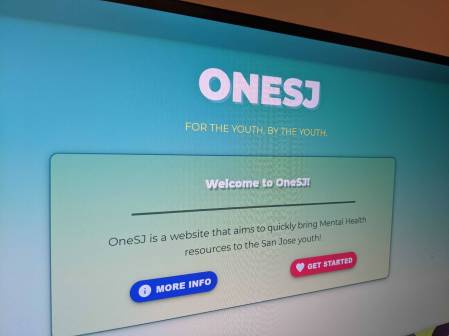Only 3% of city websites meet industry standards, study finds

Despite more attention being paid to digital services than ever before over the past year, cities are still lacking in the accessibility, convenience and reliability of their websites, according to a new survey from a pair of government software manufacturers.
In a study of more than 700 websites operated by U.S. cities, conducted by OpenCities and Monsido — two software vendors that currently count major metropolitan regions like Austin, Denver and Miami as customers — only 3% met industry standards on both a desktop computer and mobile device. Only 6% of the sites offered content suited to the reading level of the average American adult. And while 94% of the websites studied in the report were deemed reliable, with an uptime of at least 99%, nearly all of them — 98% — were considered to be slow and “underperforming,” per Google Lighthouse, an open-source tool offered by the search giant that measures the quality of web pages.
“The web accessibility and performance of the websites examined are lagging behind the industry average, leaving plenty of room for improvement,” the report read.
The study was conducted by measuring the performance and uptime of city websites over several weeks in January and February, the study said, and factored in loading times, the frequency of outages and the number of broken links or PDFs that hadn’t yet been adapted to be accessible for people with disabilities. The survey found the average city website had 33 broken links and the average response time — 1530 milliseconds — was more than twice as slow as what OpenCities and Monsido claimed to be the industry average of 600 milliseconds.
City websites are considered to be the front page of all resident-facing city services, and the report commended cities where they included user-centric design elements, like prioritizing the most popular services at the top of the page or including a search box in a prominent position on the screen. But the vendors behind the study pushed city technology officials to take action to further improve their websites.
“However, it’s not the technology in itself that makes sites good, it’s the people behind the websites that need to put in the work,” the report read. “While the movement towards a better website can be taxing on resources, it creates a return on investment through increased traffic and engagement, besides positioning the site as a trustworthy and reliable aspect of your residents’ daily lives. Faster, more inclusive web experiences across various devices are here to stay, and City web teams need to be able to evolve and adapt to these changes if they want to still be relevant and useful.”






